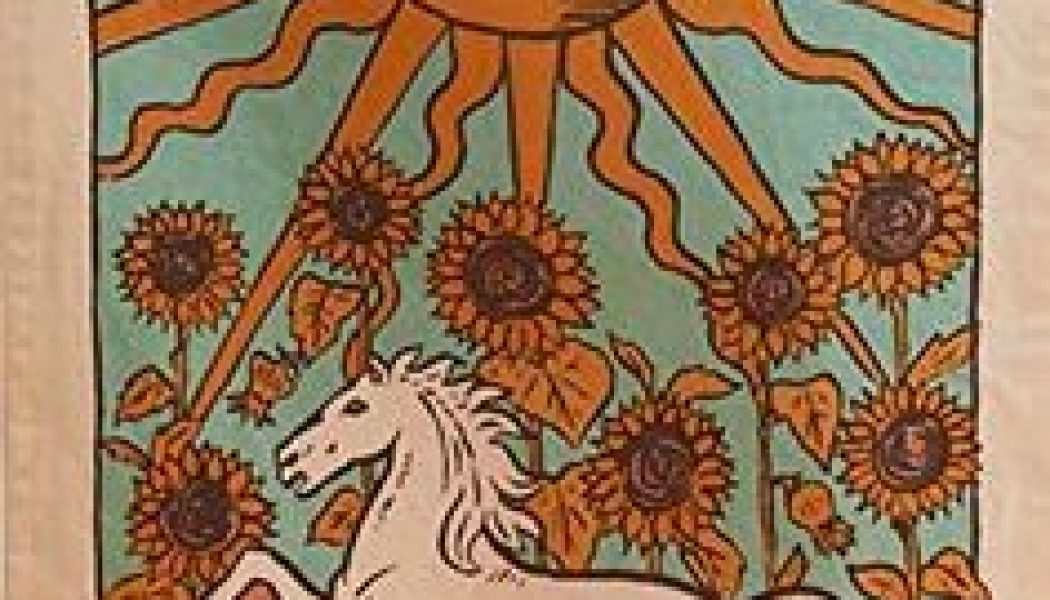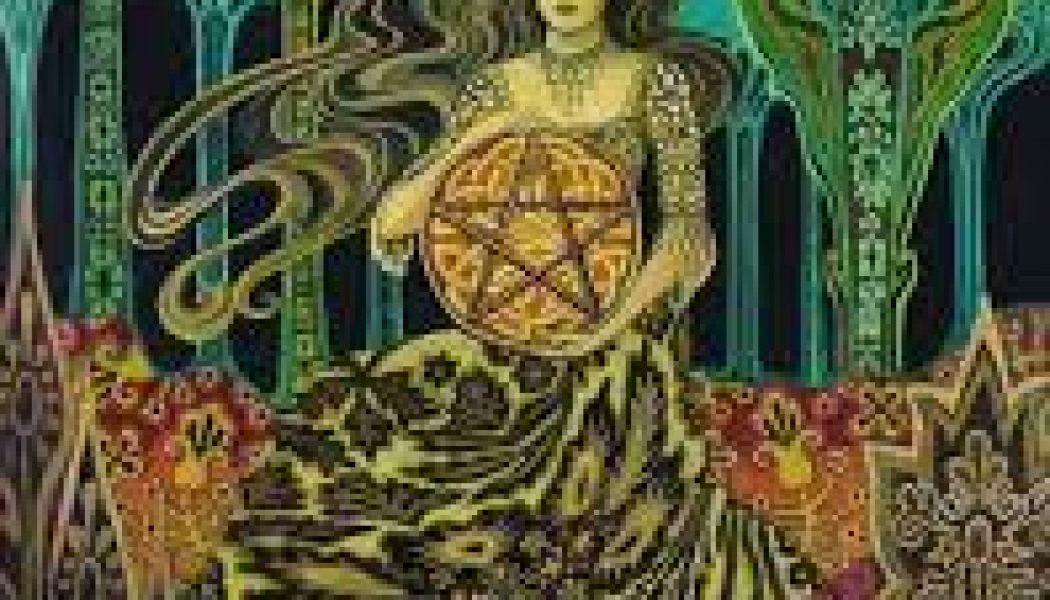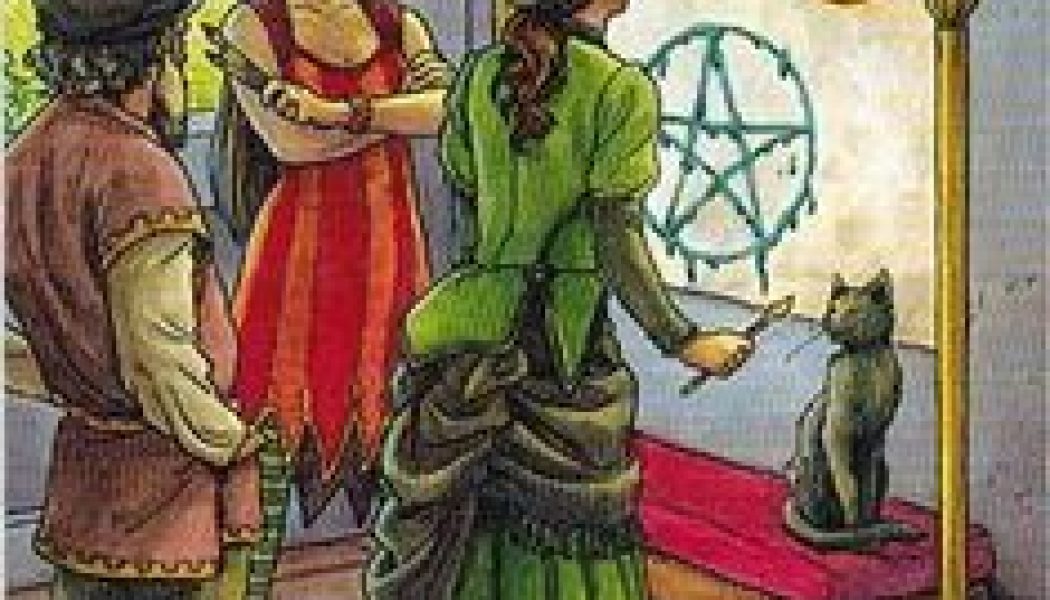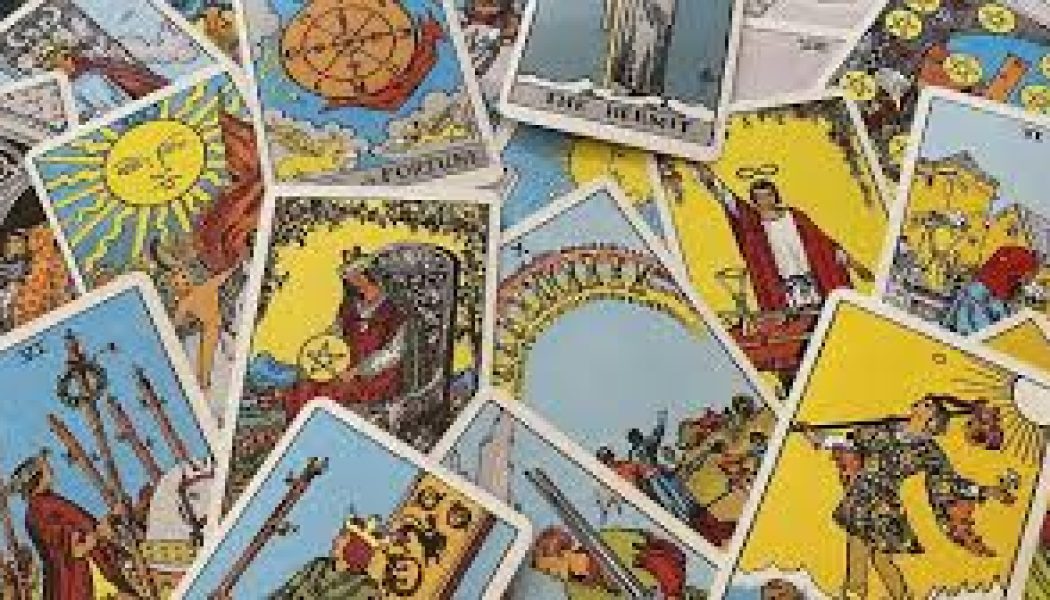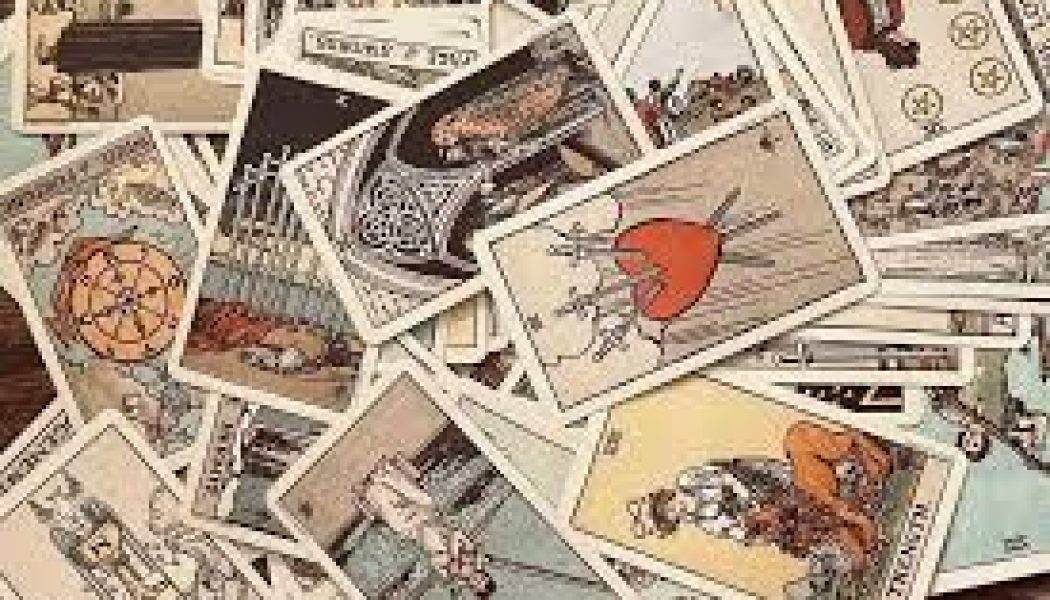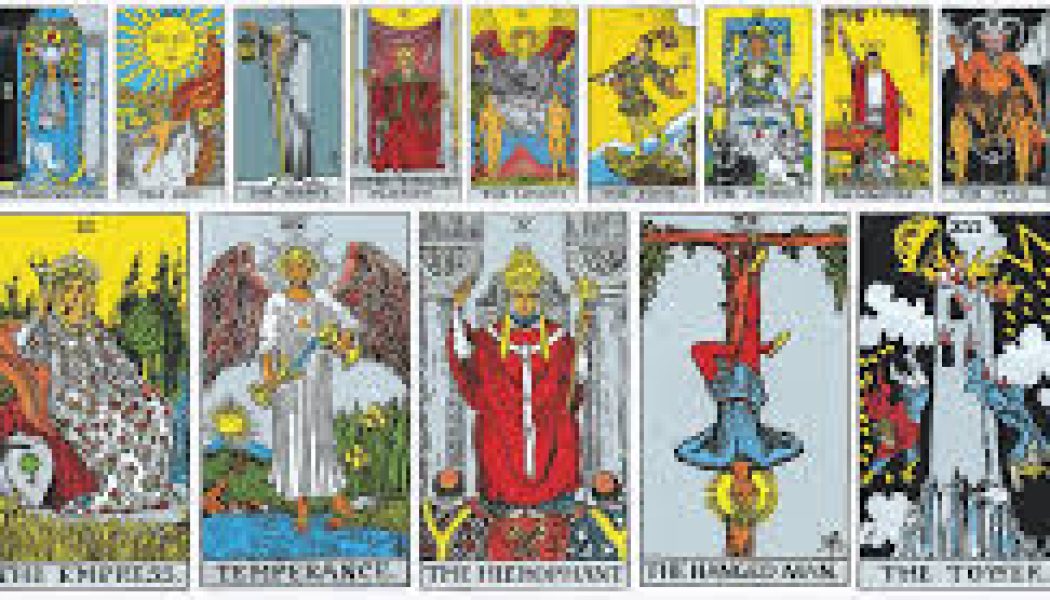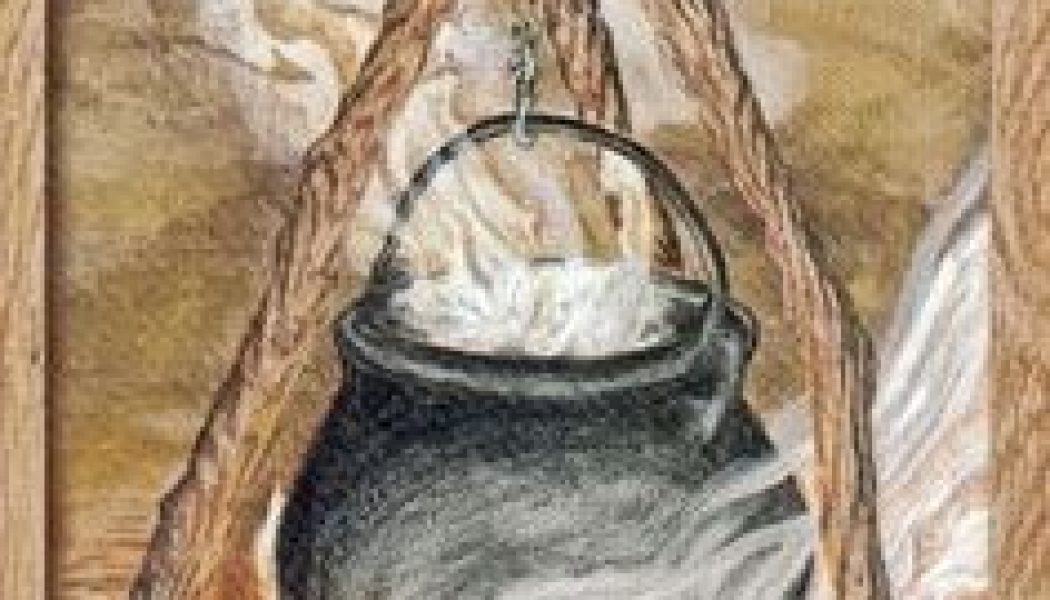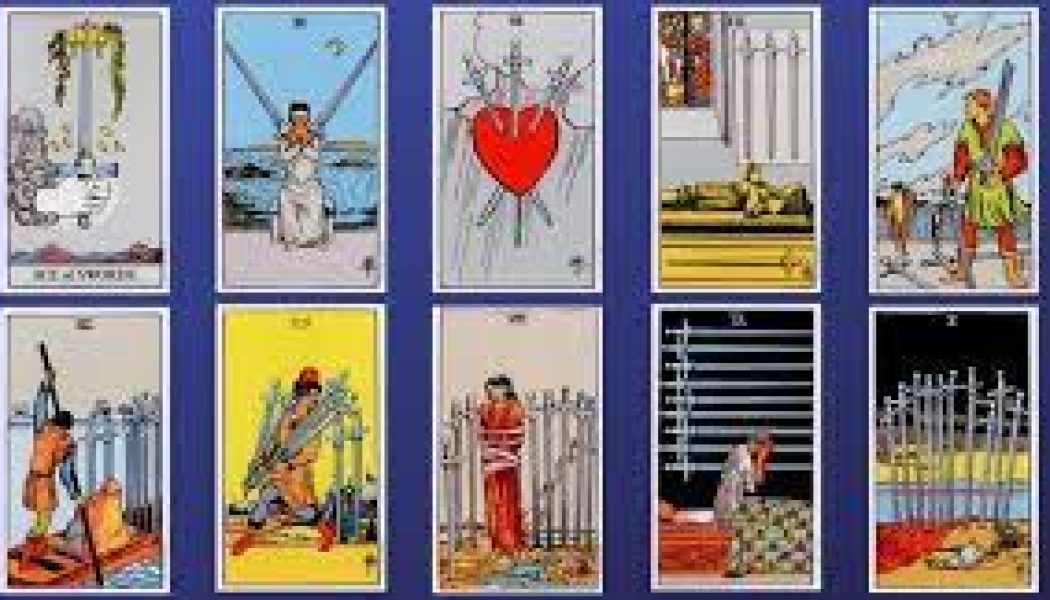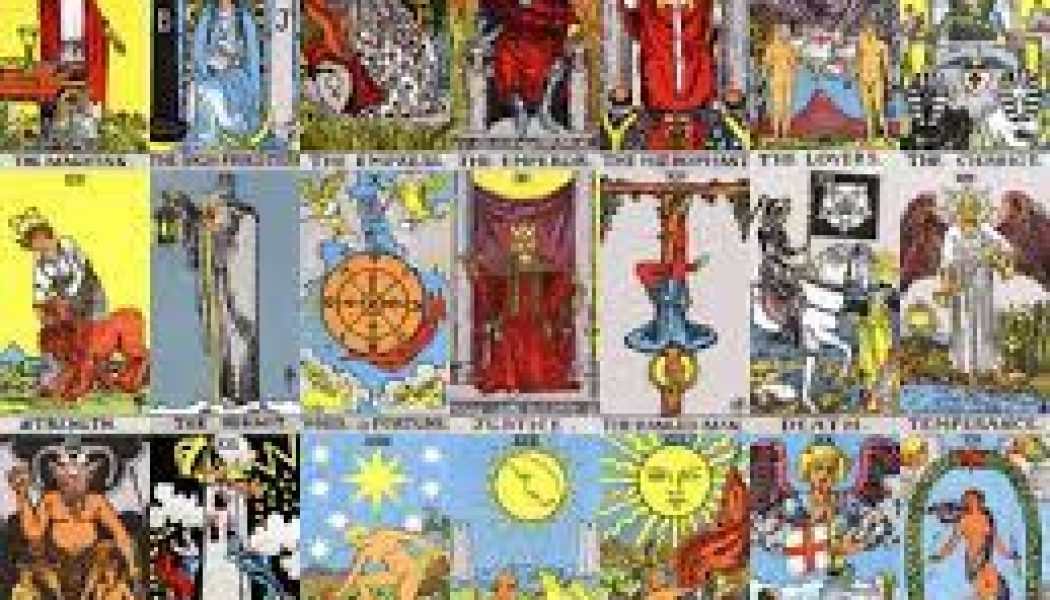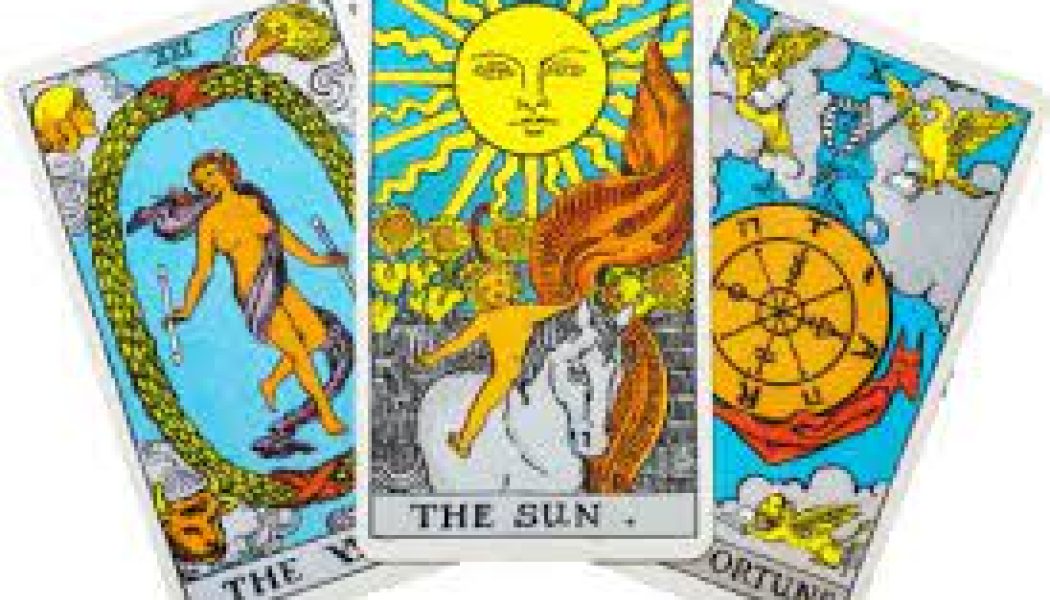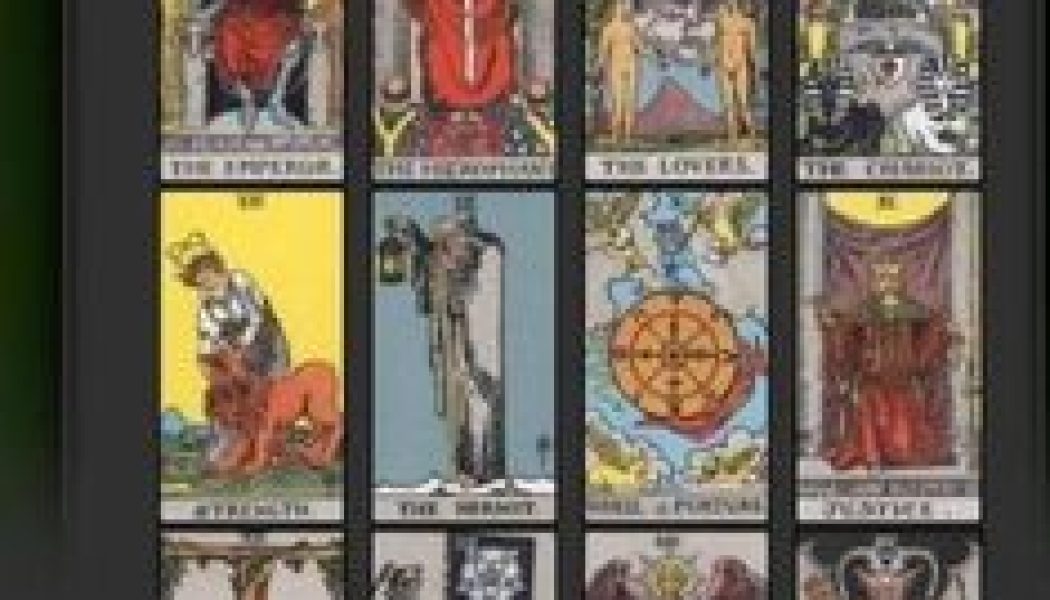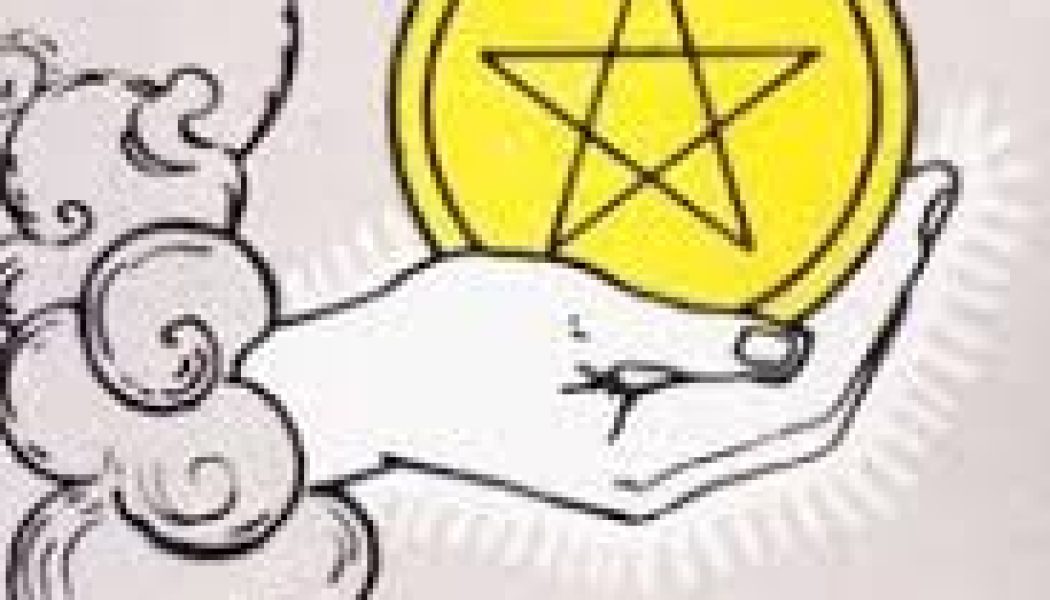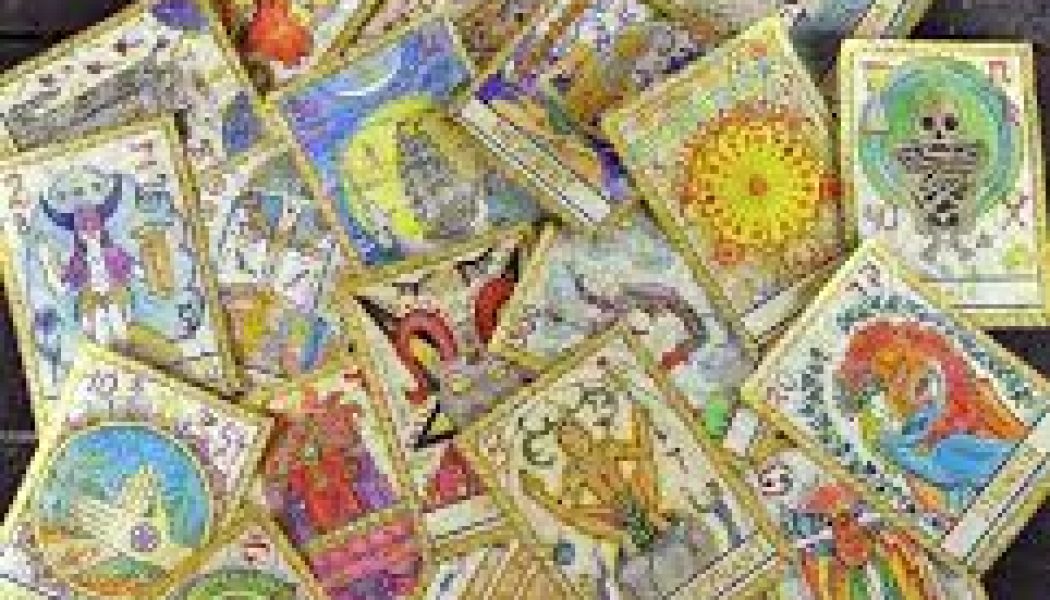Tarot
Tarot Card Meanings: A Beginner’s Guide
Before you learn all the tarot card meanings, you should start at the basics: Tarot reading is the centuries-old practice of using a 78-card deck as a tool of divination—that is, the art or practice o...
The Sun Tarot: Meaning, Symbolism and Interpretation
The Sun Tarot is one of the most popular and iconic cards in the tarot deck. It is often associated with positivity, success, and happiness. The Sun Tarot is the nineteenth card in the Major Arcana, a...
QUEEN OF PENTACLES
The personality of the Queen of Pentacles combines the positive earth energy of the Pentacles suit with the inward focus of a Queen. If you were to visit the Queen of Pentacles, the fir...
THE WITCHES PENTACLE
The Witches Pentacle, the symbol of Witchcraft, is a bold and fascinating statement about our place in the Universe. The pentagram represents an ancient concept that can be found in philosophica...
QUICK GUIDE: TAROT (MAJOR ARCANA)
This is a quick reference guide for the Major Arcana, the main 22 cards of the Tarot FOOL – innocence, looking before leaping, foolishness MAGICIAN – knowledge, skill, magic HIGH PRIESTESS – mystery, ...
TAROT CARDS
There are a number of tarot decks out there in the world, now. (There are Oraclecards that are great for personal readings, and their meanings are all found within thebooks that come with those decks....
TAROT CARDS MEANING
The Celtic Cross spread is a deep look into yourlife/situation/where you’re coming from/where you’re going.● The Tree of Life spread uses either playing cards or tarot deck, using thefinal 3 cards as ...
CAULDRONS TAROT
● Ace- abundance, love, joy, inspiration; (R) emotional upset, delays● King- intuition, counselor, creative desire; (R) obstacles, immobility● Queen- nurturing, psychic, emotional ties; (R) emotional ...
SUIT OF SWORDS TAROT
● Ace- strength, power to achieve goals, action: (R) complexity needs caution● King- authority, will and intellect, implementation of ideas decided; (R) tyranny,plans halted or methods undecided● Quee...
MAJOR ARCANA
● 0- The fool- innocence, enthusiasm, start of a quest; (R) the quest has beenachieved, it is time to rest and decide on a new narrative● 1- The Magician- control over one’s own destiny; (R) lack of c...
MINOR ARCANA
Minor Arcana (56 cards), divided by suits:Wands (or Rods)● Ace- creative power, new beginning; (R) stagnation, decline● King- conscientiousness, plan is possible; (R) criticism, inaction● Queen- pract...
BASICS OF READING TAROT CARDS
When reading other people, trust your intuition. The reader should be relaxed and open to communication. The reading will present cards that represent things at the present time, at the time of the re...
Pentacle Tarot
● Ace- material gains, growth, happiness; (R) immobility, empty wealth● King- sensible, worldliness, manifest ideas; (R) inability, corrupt● Queen- stability, culture, plans become reality; (R) neglec...
Tarot Cards ( Breaking in a New Deck)
When breaking in a new deck, you may wish to do so with a dedication using incense. Maybe you could use incense-like Frankincense, and sprinkle an herb (such as rue, betony, cinquefoil, burdock, elde...
